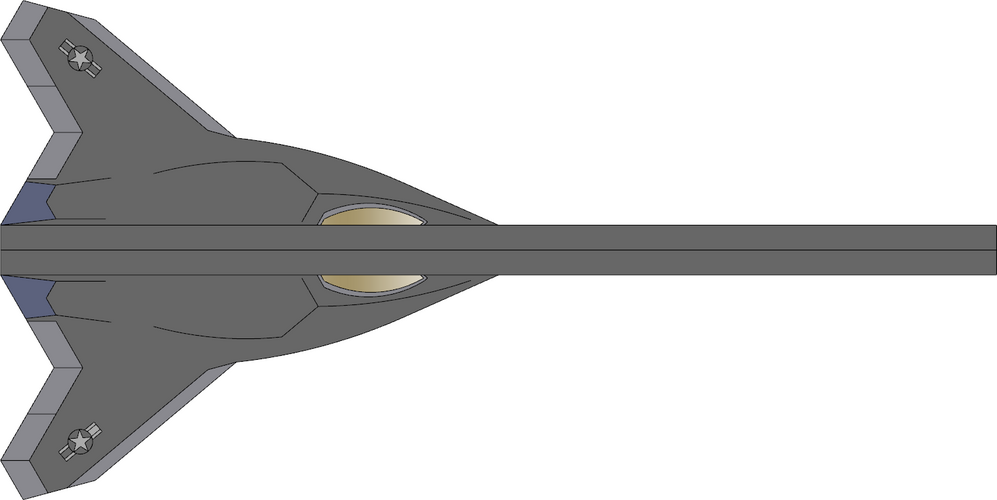“I’m confident there’s going to be a sixth-generation fighter. I’m reasonably confident that it’s going to be crewed,” Kendall told Breaking Defense in an exclusive interview over the weekend.
That the Air Force is seemingly unsure whether the aircraft will need a pilot, and presumably a cockpit to house them, suggests the service may need to revisit even the most basic requirements for its Next-Generation Air Dominance (NGAD) fighter, even as it had
originally planned to award a contract for the aircraft sometime this year. Speaking broadly of potential changes, Kendall said it would be “reasonable” to conclude the Air Force needs to go back to do a more substantive analysis on the NGAD’s design and capability requirements...
“We’re having conversations right now about what to do and how to move forward,” Kendall said, pushing back on
recent comments by Air Combat Command boss Gen. Ken Wilsbach that a down select for NGAD was likely coming in 2024. “What [Wilsbach] said is not the last word on that.”
Kendall has recently raised the prospect of serious changes to NGAD, suggesting in
previous interviews that the Air Force was working to ensure the service has the right concept — and for a reasonable price. Expanding on his thinking, Kendall said a key consideration is the overall price encompassing the air vehicle and engine, noting that the powerplant is “just a piece of it” and “not by itself a big driver.”



